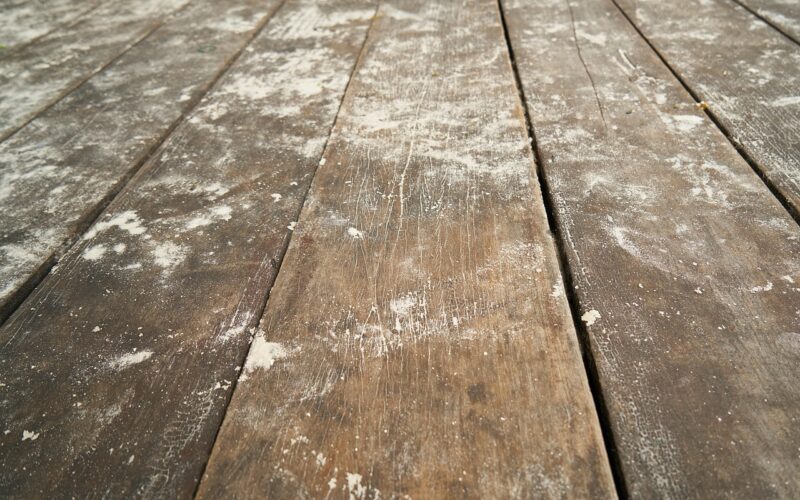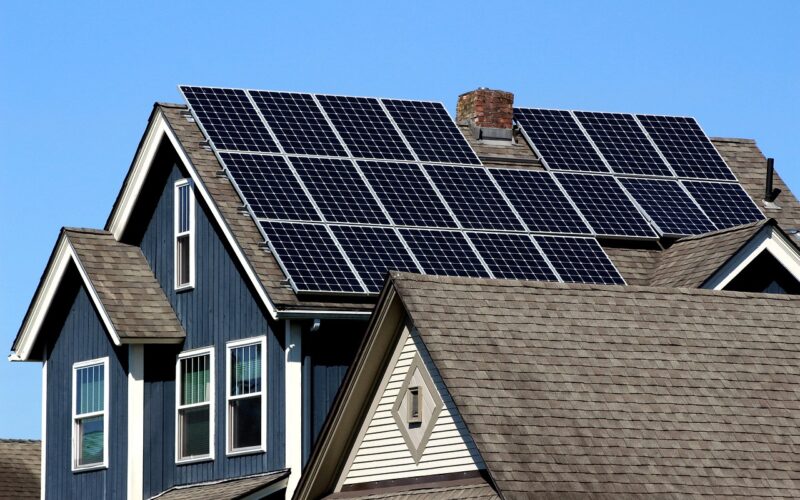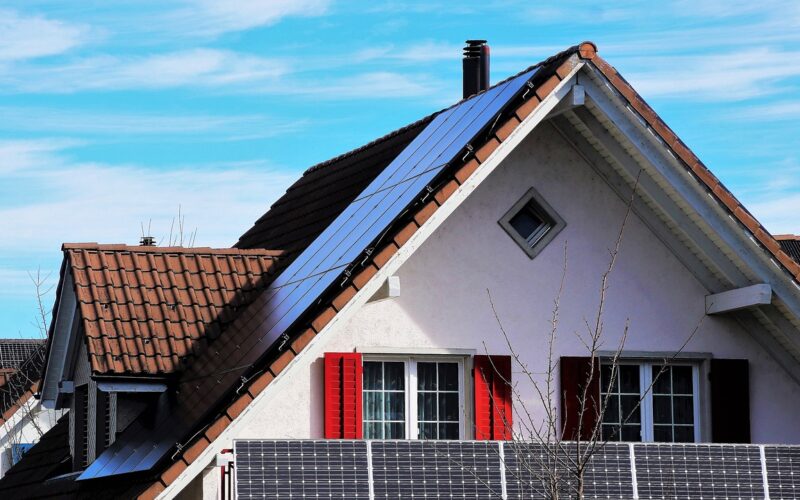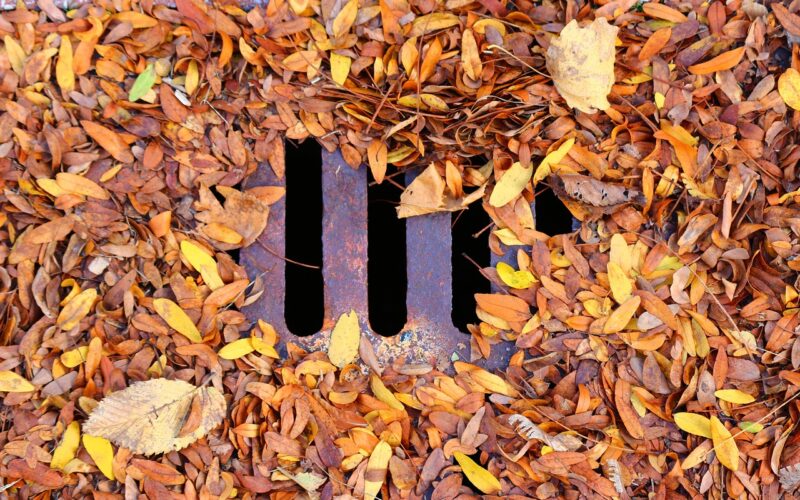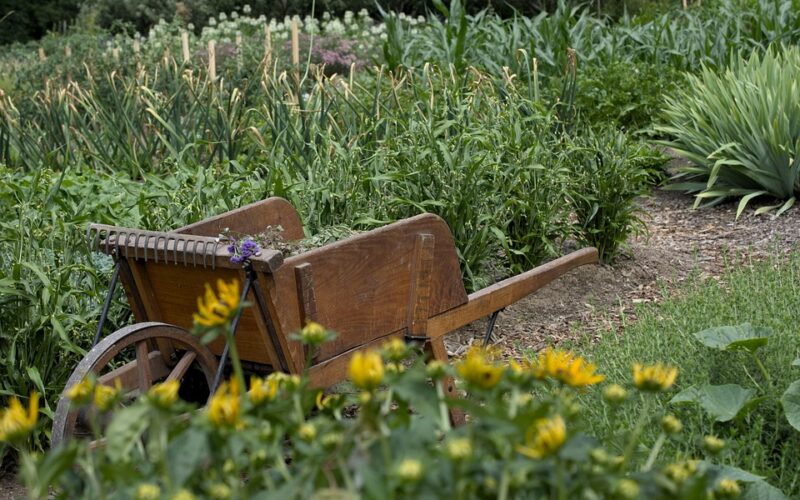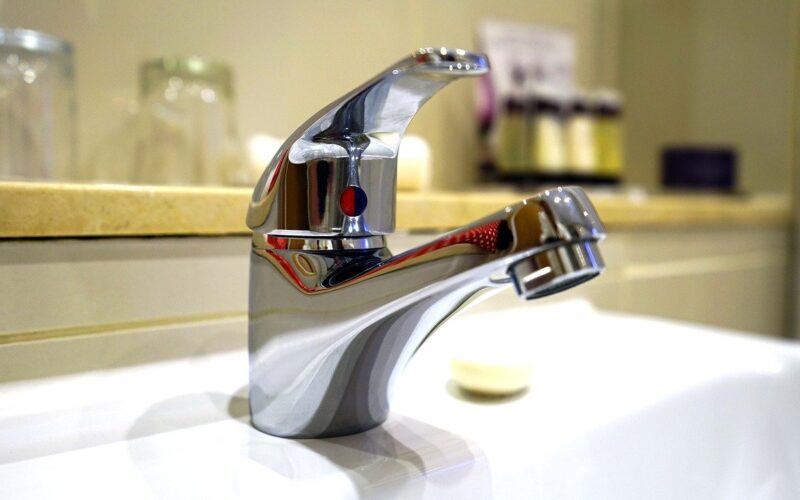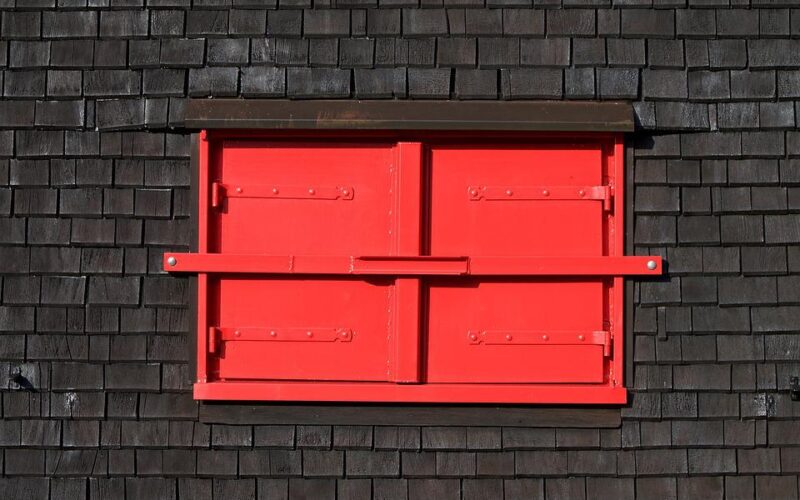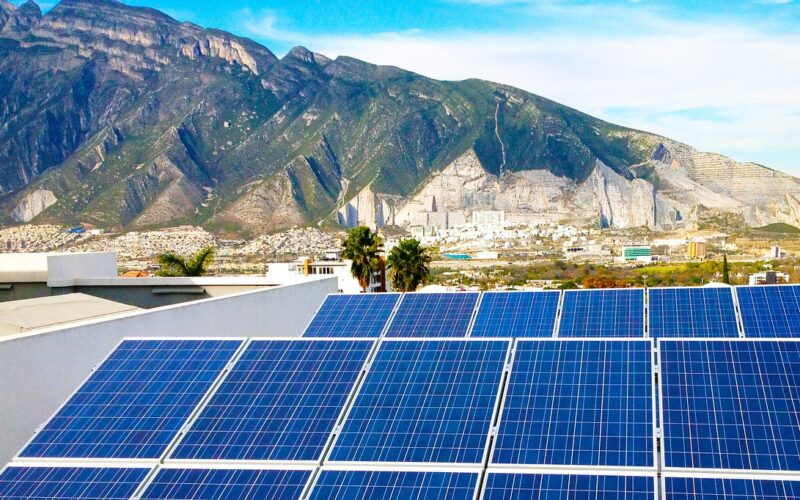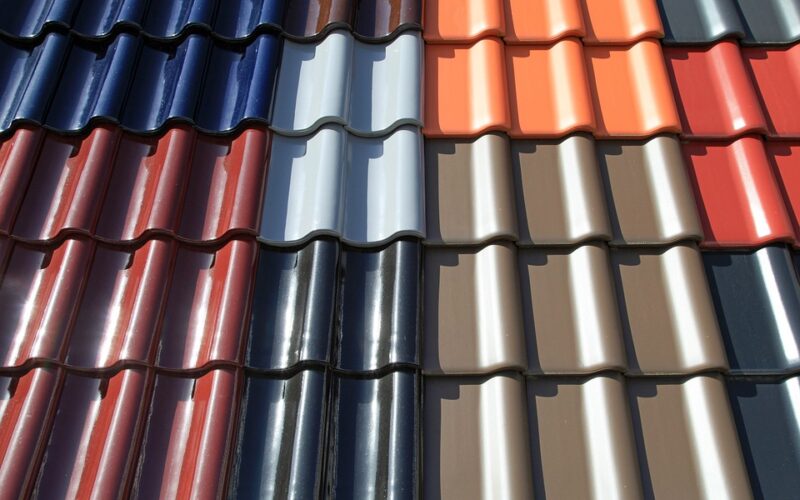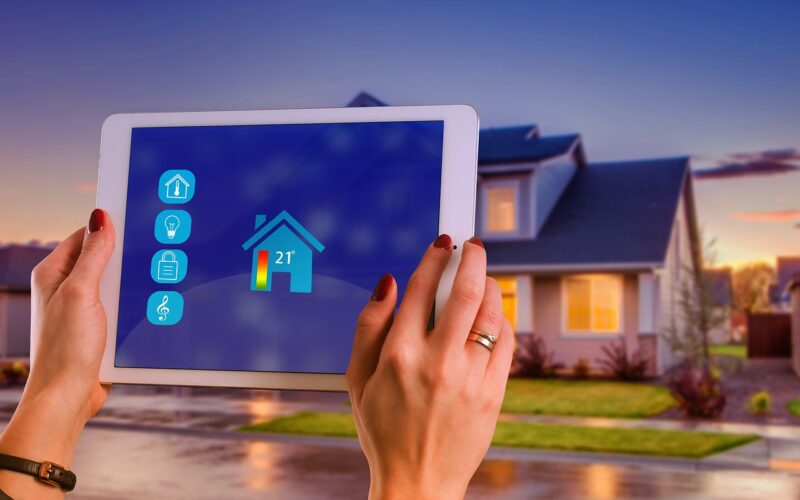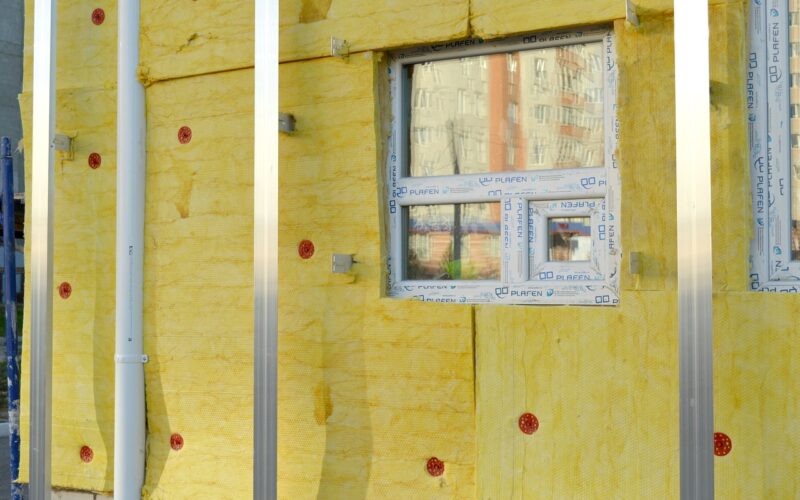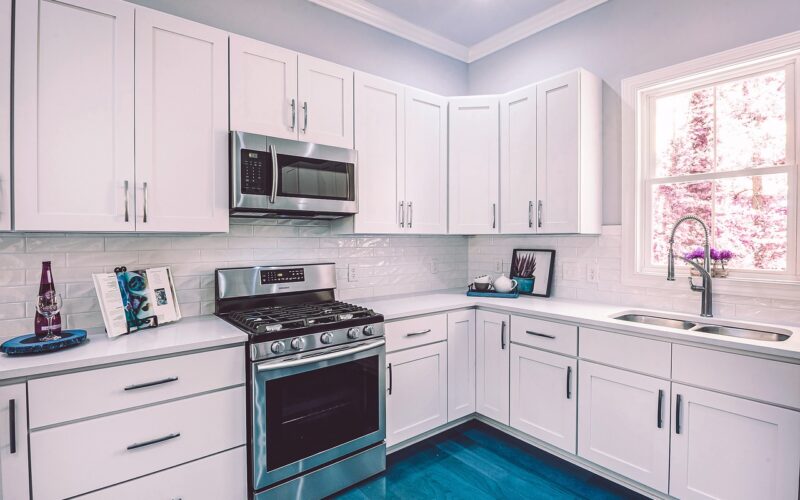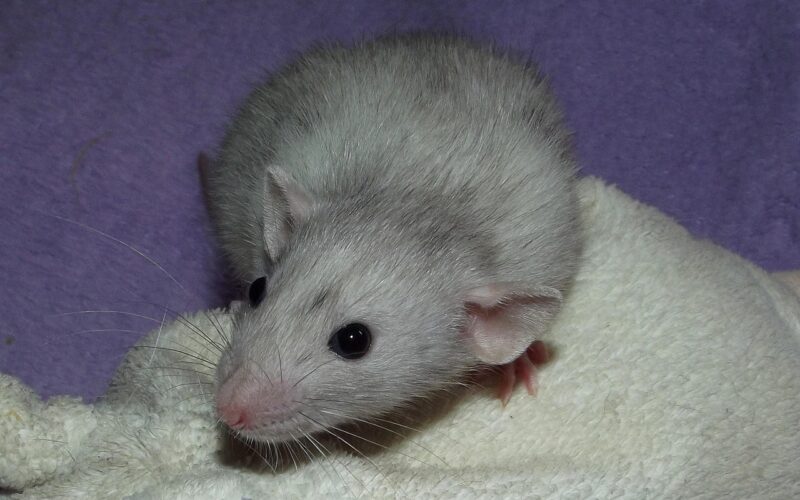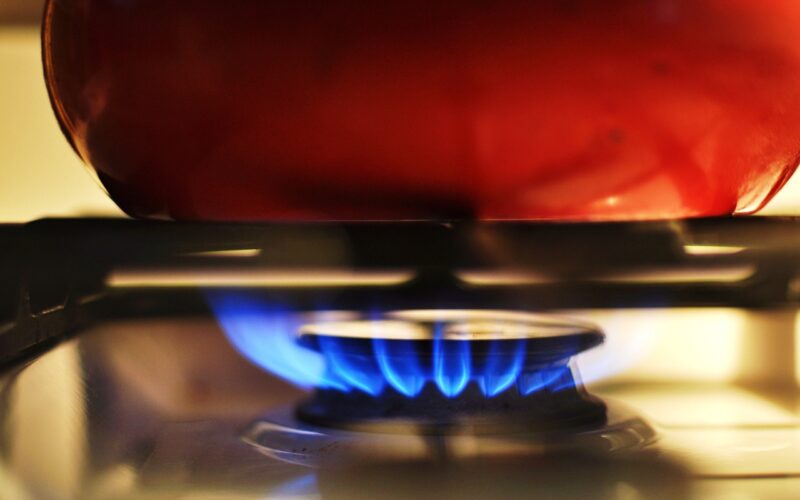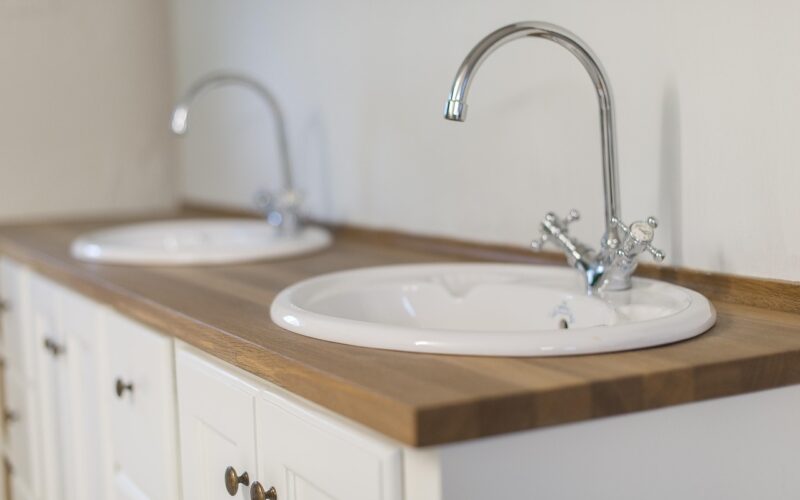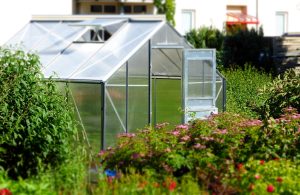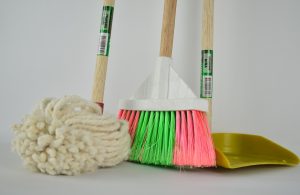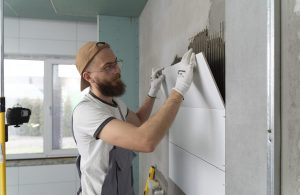Keeping your home clean shouldn't come at the cost of your health or the planet. Many conventional cleaning products contain harsh chemicals that can pollute indoor air and harm aquatic ecosystems. Adopting an eco-friendly approach to floor cleaning is a simple yet powerful way to create a safer, healthier living space. By making a few adjustments to your routines and product choices, you can achieve sparkling floors without the chemical footprint. This guide provides practical, effective strategies for sustainable floor care.
Why green cleaning matters for your home
Choosing eco-friendly methods for cleaning floors has benefits that extend beyond just environmental responsibility. It directly impacts your home's indoor air quality. Volatile organic compounds (VOCs) found in many standard cleaners can evaporate into the air, contributing to respiratory irritation and other health concerns. Green cleaning minimises this risk by using non-toxic ingredients. It also reduces plastic waste through reusable tools and concentrated formulas, making your cleaning routine kinder to the planet from start to finish.
Create a routine for different floor types
A consistent routine is key to maintaining clean floors. For hard surfaces like hardwood, vinyl, and laminate, daily sweeping or vacuuming with a HEPA filter attachment prevents dirt from scratching the finish. For weekly cleaning, use a damp mop with a simple solution of water and a few drops of pH-neutral soap. When you need to clean carpets, frequent vacuuming is the most important step. For tile and stone, a weekly mop with a mild cleaner will suffice, but be sure to avoid acidic ingredients like vinegar which can damage natural stone.
Use simple ingredients you already have
You can create powerful, eco-friendly floor cleaners using basic household items. A solution of equal parts water and white vinegar is excellent for cleaning tile and vinyl, effectively cutting through grime. For hardwood and laminate, a heavily diluted solution (about 60ml of vinegar to 4 litres of water) works well, but always ensure your mop is only slightly damp. Baking soda is a fantastic deodoriser and gentle abrasive for scrubbing tough spots on tile grout. Remember, never use vinegar on marble, granite, or other natural stone floors, as its acidity can etch the surface. Instead, opt for a pH-neutral cleaner like mild castile soap mixed with water.
Choose tools that reduce waste
Your floor cleaning tools can be just as important as the solutions you use. Switch from disposable mop pads and wipes to reusable options. Microfiber mop heads and cloths are highly effective at trapping dirt and dust, and they can be washed and reused hundreds of time, significantly reducing waste. When vacuuming, choose a model with a high-efficiency particulate air (HEPA) filter. These filters trap fine particles like pollen, dust mites, and pet dander, improving air quality as you clean carpets and hard floors. To maintain your reusable tools, wash microfiber pads and cloths in a cold cycle without fabric softener, which can clog the fibres and reduce their effectiveness.
Tackle tough stains and odours sustainably
Accidents happen, but you don’t need harsh chemicals to deal with them. For spills on any surface, act quickly. Blot the area with a clean cloth, working from the outside of the stain inward to prevent it from spreading. For carpet stains, a paste of baking soda and water can lift many common spills. Apply it, let it dry, and then vacuum it up. For pet odours on carpets, sprinkle the area with dry baking soda, let it sit for at least 15 minutes, and then vacuum thoroughly. For wooden floors, use as little water as possible and always spot-test a new cleaning solution in an inconspicuous area first.
Read labels to make informed choices
Navigating the cleaning aisle can be confusing. Look for products with third-party certifications, such as the EPA’s Safer Choice label, which indicates the product has been reviewed for safety and performance. Opt for "fragrance-free" products over "unscented," as the latter can contain masking chemicals. Buying concentrated cleaners is another smart move—they use less packaging and reduce shipping emissions. When you're done, be sure to store all cleaning products securely and follow local guidelines for disposing of containers properly.
Ultimately, shifting to an eco-friendly floor cleaning routine is about progress, not perfection. Incorporating these small changes consistently will lead to a cleaner home and a healthier planet. By being mindful of the products and tools you use, you contribute to a more sustainable future one sweep, mop, and vacuum at a time.
